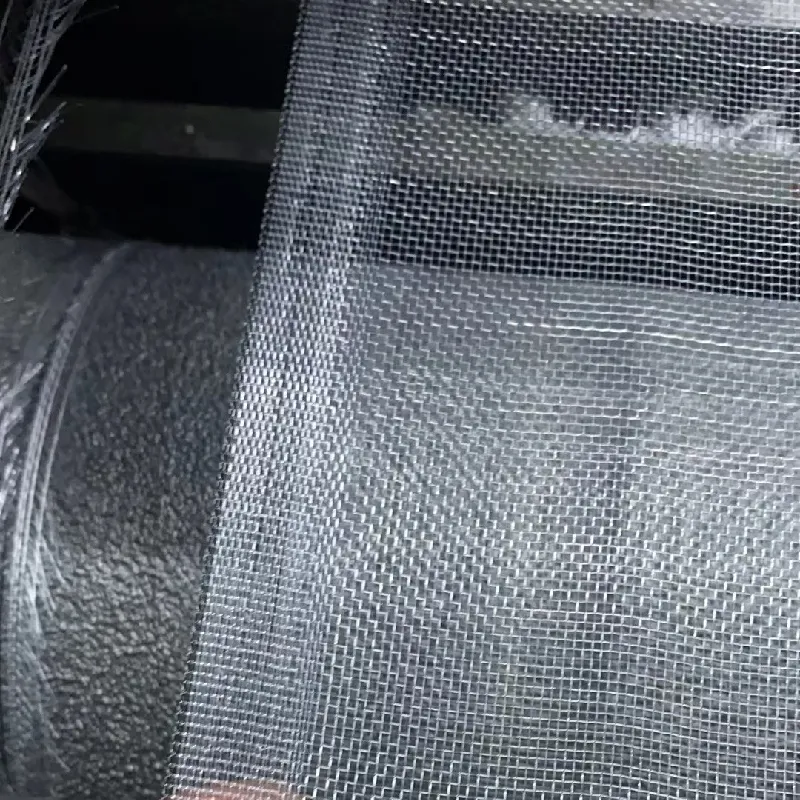-
 Afrikaans
Afrikaans -
 Albanian
Albanian -
 Amharic
Amharic -
 Arabic
Arabic -
 Armenian
Armenian -
 Azerbaijani
Azerbaijani -
 Basque
Basque -
 Belarusian
Belarusian -
 Bengali
Bengali -
 Bosnian
Bosnian -
 Bulgarian
Bulgarian -
 Catalan
Catalan -
 Cebuano
Cebuano -
 China
China -
 Corsican
Corsican -
 Croatian
Croatian -
 Czech
Czech -
 Danish
Danish -
 Dutch
Dutch -
 English
English -
 Esperanto
Esperanto -
 Estonian
Estonian -
 Finnish
Finnish -
 French
French -
 Frisian
Frisian -
 Galician
Galician -
 Georgian
Georgian -
 German
German -
 Greek
Greek -
 Gujarati
Gujarati -
 Haitian Creole
Haitian Creole -
 hausa
hausa -
 hawaiian
hawaiian -
 Hebrew
Hebrew -
 Hindi
Hindi -
 Miao
Miao -
 Hungarian
Hungarian -
 Icelandic
Icelandic -
 igbo
igbo -
 Indonesian
Indonesian -
 irish
irish -
 Italian
Italian -
 Japanese
Japanese -
 Javanese
Javanese -
 Kannada
Kannada -
 kazakh
kazakh -
 Khmer
Khmer -
 Rwandese
Rwandese -
 Korean
Korean -
 Kurdish
Kurdish -
 Kyrgyz
Kyrgyz -
 Lao
Lao -
 Latin
Latin -
 Latvian
Latvian -
 Lithuanian
Lithuanian -
 Luxembourgish
Luxembourgish -
 Macedonian
Macedonian -
 Malgashi
Malgashi -
 Malay
Malay -
 Malayalam
Malayalam -
 Maltese
Maltese -
 Maori
Maori -
 Marathi
Marathi -
 Mongolian
Mongolian -
 Myanmar
Myanmar -
 Nepali
Nepali -
 Norwegian
Norwegian -
 Norwegian
Norwegian -
 Occitan
Occitan -
 Pashto
Pashto -
 Persian
Persian -
 Polish
Polish -
 Portuguese
Portuguese -
 Punjabi
Punjabi -
 Romanian
Romanian -
 Russian
Russian -
 Samoan
Samoan -
 Scottish Gaelic
Scottish Gaelic -
 Serbian
Serbian -
 Sesotho
Sesotho -
 Shona
Shona -
 Sindhi
Sindhi -
 Sinhala
Sinhala -
 Slovak
Slovak -
 Slovenian
Slovenian -
 Somali
Somali -
 Spanish
Spanish -
 Sundanese
Sundanese -
 Swahili
Swahili -
 Swedish
Swedish -
 Tagalog
Tagalog -
 Tajik
Tajik -
 Tamil
Tamil -
 Tatar
Tatar -
 Telugu
Telugu -
 Thai
Thai -
 Turkish
Turkish -
 Turkmen
Turkmen -
 Ukrainian
Ukrainian -
 Urdu
Urdu -
 Uighur
Uighur -
 Uzbek
Uzbek -
 Vietnamese
Vietnamese -
 Welsh
Welsh -
 Bantu
Bantu -
 Yiddish
Yiddish -
 Yoruba
Yoruba -
 Zulu
Zulu
Choosing the Right Insect Netting Fabric for Effective Pest Control Solutions
Insect Netting Fabric A Sustainable Solution for Pest Management
Insect netting fabric has emerged as a vital tool in the world of agriculture and gardening, providing an effective means of pest management while promoting sustainable practices. As global interest in organic farming and environmentally friendly methods continues to rise, the demand for insect netting fabric grows, presenting a solution that is both efficient and eco-conscious.
What is Insect Netting Fabric?
Insect netting fabric is a type of mesh material designed to keep pests away from crops and plants while allowing sunlight, air, and moisture to penetrate. Typically made from lightweight and durable materials such as polyethylene or polyester, these nets come in various mesh sizes, offering versatility depending on the type of pests targeted. The fine mesh effectively blocks insects, including aphids, caterpillars, and whiteflies, while being breathable enough to support healthy plant growth.
Benefits of Using Insect Netting Fabric
1. Chemical-Free Pest Control One of the primary advantages of insect netting fabric is that it provides a physical barrier against pests without the use of harmful pesticides. This is particularly appealing to organic farmers and gardeners who are committed to maintaining chemical-free practices. By preventing insects from accessing plants, growers can minimize their reliance on toxic substances, promoting a healthier ecosystem.
2. Protection Against Weather Extremes In addition to pest management, insect netting fabric offers protection against harsh weather conditions. It can shield plants from strong winds, hail, and excessive sunlight, thereby reducing the risk of damage. This dual functionality enhances the overall resilience of crops, ensuring they thrive in varying environmental conditions.
insect netting fabric

3. Improved Pollination Interestingly, while insect netting restricts access to harmful pests, it does not impede beneficial insects, such as bees and butterflies. These pollinators can still reach the flowers through the mesh, facilitating pollination and promoting fruit and seed development. This balance between protection and pollination is key to sustainable agriculture.
4. Ease of Use Insect netting is relatively easy to install and can be customized to fit various garden sizes and shapes. It can be draped over plants, supported by frames, or used in greenhouses. This adaptability makes it a practical choice for both small home gardens and large commercial farms.
Considerations for Use
While insect netting fabric offers numerous benefits, there are also considerations to keep in mind. The mesh size is crucial; if it's too large, pests may still infiltrate, while a mesh that’s too fine could restrict airflow and light. Therefore, understanding the specific needs of the crops and the types of pests prevalent in the area is essential when selecting the right netting.
Additionally, regular monitoring is necessary to ensure that the netting is intact and that beneficial insects are not being excluded. Maintenance involves checking for tears or damage and replacing or repairing the netting as needed.
Conclusion
In summary, insect netting fabric serves as a sustainable and effective solution for pest management in today’s agricultural landscape. By providing a protective barrier against harmful insects, while simultaneously allowing for beneficial interactions such as pollination, this innovative material represents a step towards more ecological farming practices. With the continued push for sustainability and health-conscious gardening techniques, insect netting fabric is likely to play an increasingly important role in promoting the vitality of plants and the broader environment. Whether one is a seasoned farmer or a gardening enthusiast, incorporating insect netting into cultivation practices can lead to a bountiful harvest and a reduced environmental footprint.
-
Shipping Plastic Bags for Every NeedNewsJul.24,2025
-
Safety Netting: Your Shield in ConstructionNewsJul.24,2025
-
Plastic Mesh Netting for Everyday UseNewsJul.24,2025
-
Nylon Netting for Every UseNewsJul.24,2025
-
Mesh Breeder Box for Fish TanksNewsJul.24,2025
-
Expanded Steel Mesh Offers Durable VersatilityNewsJul.24,2025











